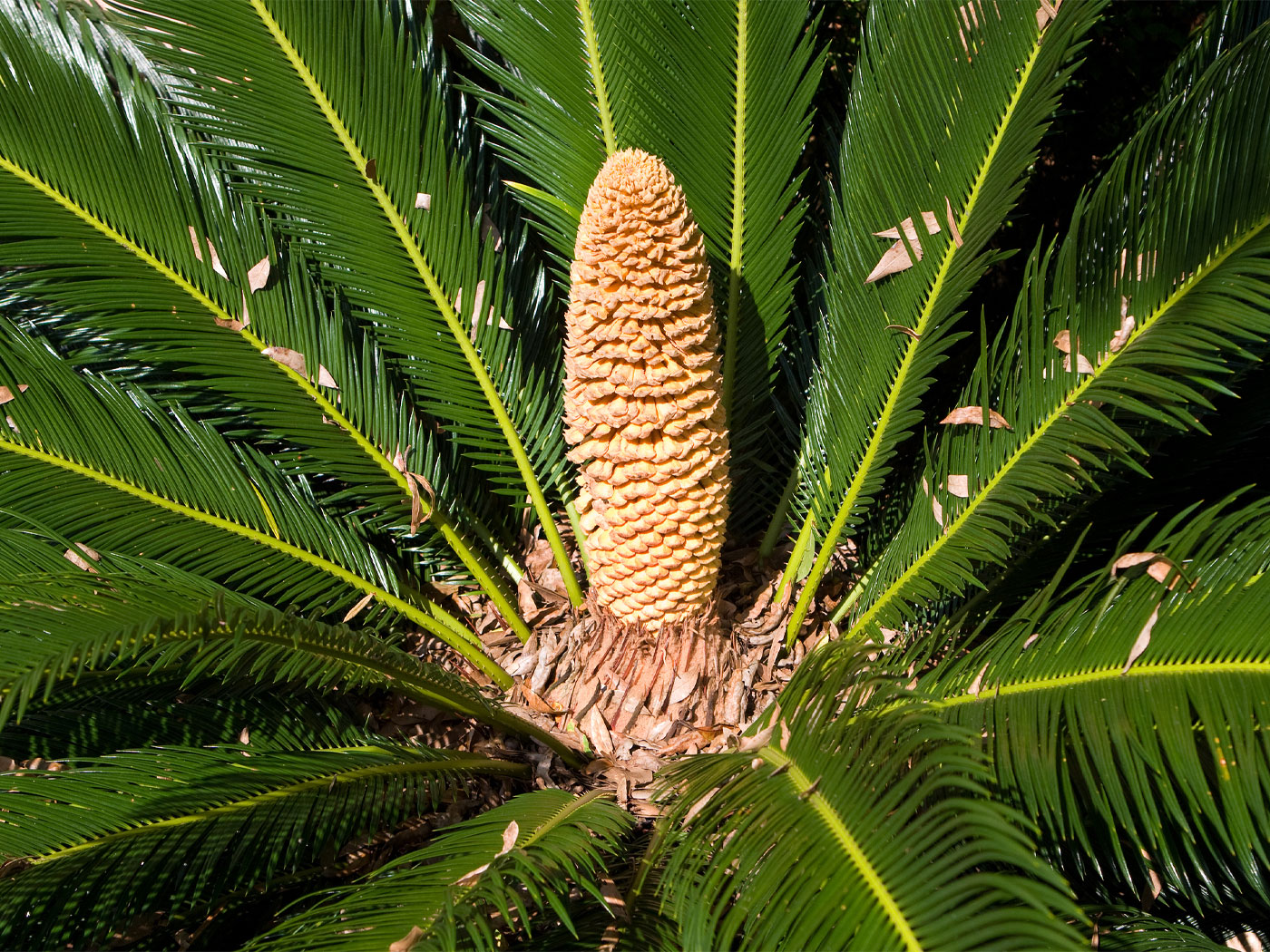Namib desert beetles collect faint water droplets on their exquisitely designed outer surfaces so they can survive in their dry environments. And polar bears keep a tight grip on smooth ice using precisely designed footpads. Engineers have copied these exquisite designs to make useful tools.
The Namib desert beetle, a native of southwestern Africa, possesses a unique survival mechanism: its back comes studded with tiny bumps that attract water droplets from the extremely dry desert air. However, its back is also a slick surface which repels water. The bumps and slick surface direct water into the beetle's mouth. Researchers at Virginia Tech copied the beetle's bumpy patterns to a silicon surface.1 Their new material may someday control frost on strategic places such as airplane windshields.
By deploying a water-attracting pattern right on top of a water-repelling surface, the researchers engineered a material that controls and possibly prevents the spread of frost. Considering all the dollars spent on defrosting machine parts around the world, this design could significantly cut costs.
A separate project copied patterns on polar bear feet and used the design in car snow-tires that are already on the market.
Ian Sterling, author of the 1998 book Polar Bears, wrote that he once had a professional inspect polar bear feet.
Microscopic examination of polar bear feet reveals their ice-handling design features. It turned out that the pads of a polar bear's foot are covered with small soft papillae [small bumps], which increase friction between the foot and the ice. There are also small depressions in the sole, but their role is less clear.2
Those small depressions probably absorb the thin layer of water that covers ice. When the Bridgestone tire company designed their Blizzak ice tire, they used a unique rubber manufacturing process that incorporated similar small depressions.
A product explanation video on their website clearly illustrates the value of these tiny water pockets.3 When water wicks into the pockets, tire rubber contacts the rocky ice beneath. But Blizzak tires also use sharp bite particles that dig into the ice like little ice picks. Bridgestone engineers sprinkled these hardened particles throughout the rubber. Online videos of cars driving on ice reveal the result: a tire that can actually grip ice.4
Of course a God who created the heavens, Earth, sea, and everything in them would be wise enough and more than able to design ice-gripping bear paw pads and water-controlling beetle surfaces. He also deserves credit for making man in His image, so that we can use our God-given wisdom to study and benefit from His excellent designs.
References
- Beetle-inspired engineering could lessen energy costs associated with controlling frost. Virginia Tech News. Posted on vtnews.vt.edu January 25, 2016, accessed February 1, 2016.
- Stirling, I. and D. Guravich. 1998. Polar Bears. University of Michigan Press, Ann Arbor, MI: 25.
- Blizzak Winter Tire Technology: MultiCell Compound.
- Nicole, B. Getting a Grip on Winter Driving. SAHM Reviews. Posted on sahmreviews.com November 2014, accessed February 1, 2016.
*Mr. Thomas is Science Writer at the Institute for Creation Research.
Article posted on February 12, 2016.













